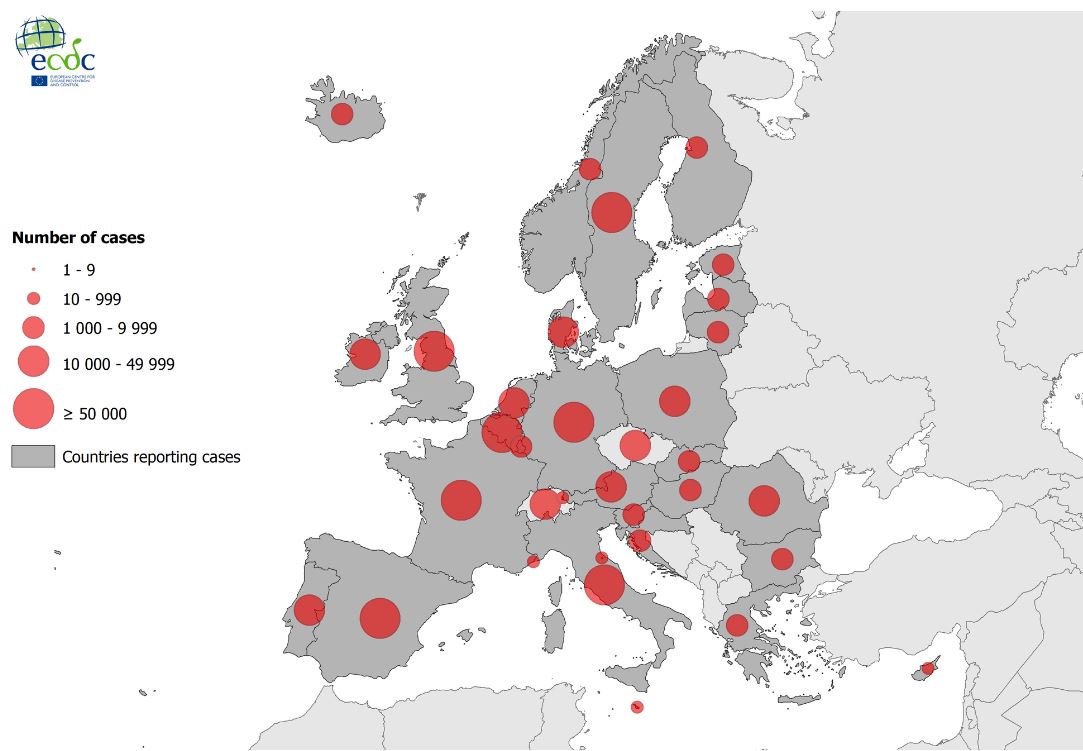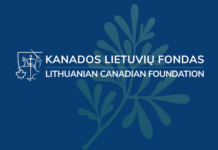
Official Lithuanian statistics show that as of Sunday, September 25, there were 119 new cases of COVID-19 in the country. Fourteen of them had contracted the virus once before, one had it for the third time. Over the previous 14 days the rate of infection per 100,000 had risen to 625. The estimated number of cases at that time was 23,116.

Lithuanian Health Minister Arūnas Dulkys says the Covid-19 pandemic has been overcome “from a medical point of view”. Governments no longer need to take specialized measures, such as lockdowns and shutdowns. According to the minister, the only problem is that unvaccinated people comprise the highest proportion of patients with severe Covid-19 symptoms in hospitals. Also, authorities need to focus on addressing the consequences of the long Covid-19.
European Commissioner for Health and Food Safety Stella Kyriakides told the same news conference that EU countries had to get ready for winter. Minister Dulkys noted that Lithuania is likely to see an increase in new coronavirus cases in the coming autumn. Official statistics show that the number of new cases has been edging up since early June. Loreta Ašoklienė, Lithuania’s chief epidemiologist, says it is too early to say if this is an upward trend that is likely to continue or is just a fluctuation.
According to Dulkys, the country’s healthcare system is prepared for a potential new infection wave in autumn, with the existing testing mechanisms to be put back in place if necessary to maintain the normal rhythm of life and in-person education. Lithuania should receive vaccines adapted to the Omicron strain in autumn and will invite the elderly take an extra booster shot, ahe said. Mobile vaccination stations could be brought back if the number of new cases starts to rise significantly in autumn, Dulkys added.
 Worldwide, from December 31, 2019 to September 26, 2022, there were 615,090,836 confirmed cases of COVID-19, of which 6,536,963 fatalities. In Europe the respective numbers were 167,323,665 and 1,147,985, in Lithuania – 1,244,174 and 9,315, in Canada – 4,233,468, with 44,992 deaths.
Worldwide, from December 31, 2019 to September 26, 2022, there were 615,090,836 confirmed cases of COVID-19, of which 6,536,963 fatalities. In Europe the respective numbers were 167,323,665 and 1,147,985, in Lithuania – 1,244,174 and 9,315, in Canada – 4,233,468, with 44,992 deaths.



























